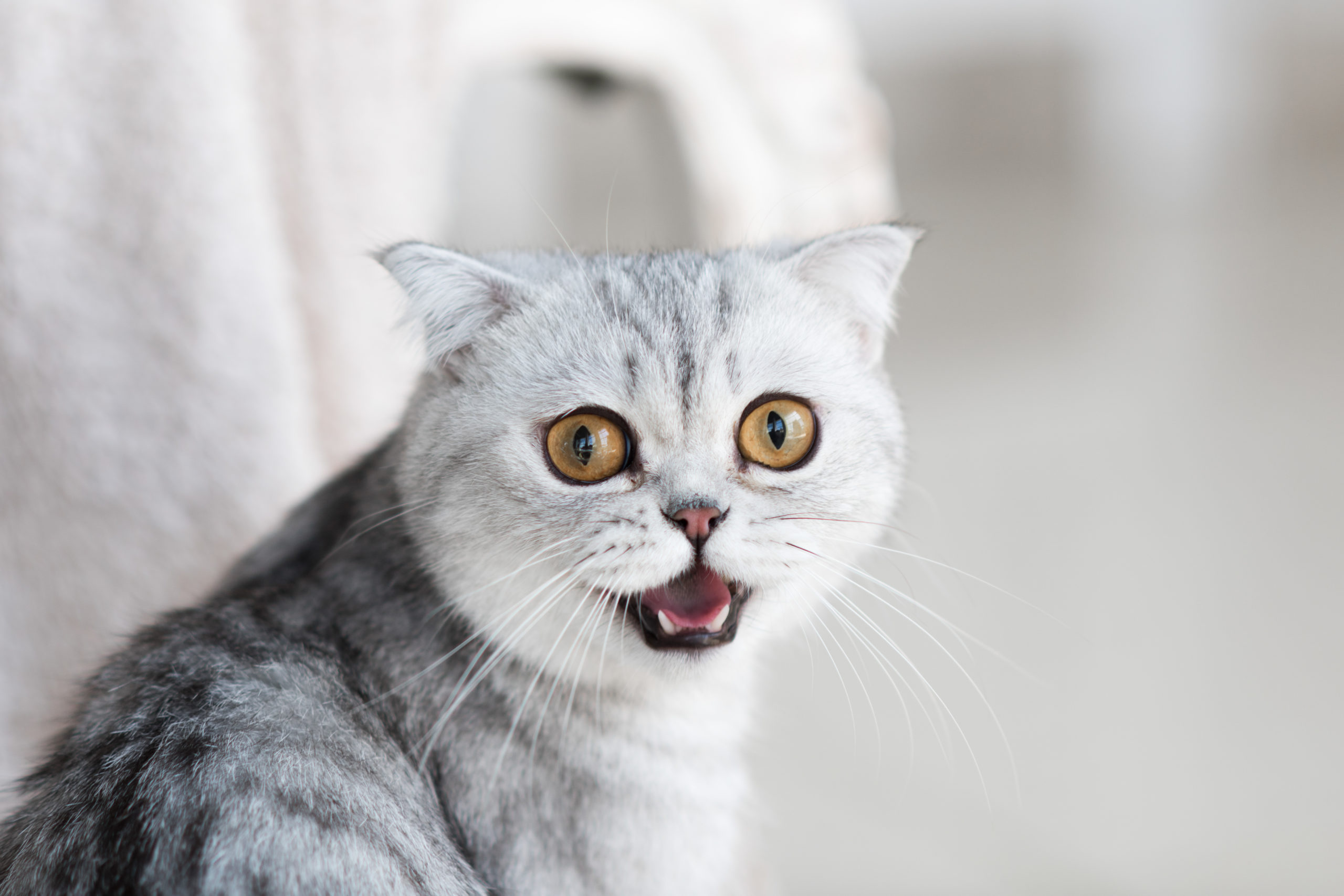Кошачья разница: одни рычат, а другие – мурлыкают

Специалисты Ростовского референтного центра Россельхознадзора, сектора по работе с лабораторными животными, пояснили особенности кошек — почему одни могут рычать, но не могут мурлыкать, а другие — могут мяукать, но не могут рычать.
Все кошачьи делятся на рычащих и мурлыкающих.
К первым относят так называемых больших кошек – львов, тигров, ягуаров и леопардов, ко вторым – наших домашних питомцев.
Разницу между рыком и мурлыканьем объясняется отличиями в строении гортани и подъязычной кости, а также рядом других особенностей.
А вот у одной из больших кошек – снежного барса – эволюция пошла так, что рычать он со временем разучился, а мурлыкать так и не начал.
Мурлыкающие звуки у домашних кошек появляются как при вдохе, так и при выдохе и происходят с частотой от 25 до 150 вибраций в секунду. Рык же происходит только на выдохе животного.
Мурлыканье вызывает у кошек выброс эндорфинов и помогает успокоиться. Поэтому кошки мурлыкают не только когда довольны и счастливы, но даже когда больны.
ФГБУ «Ростовский референтный центр Россельхознадзора»
Изображение от freepic.diller на Freepik
